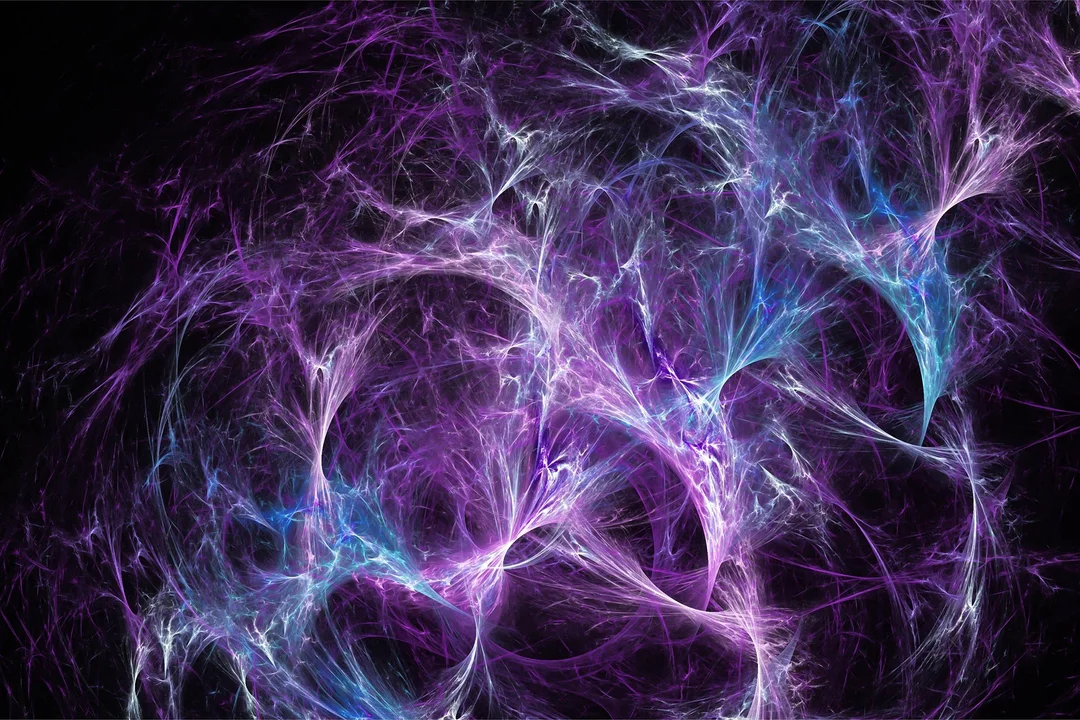
Cosmology in Crisis? New Findings Deepen Doubts About the Standard Model of the Universe
A growing chasm between theoretical predictions and observational data is shaking the foundations of cosmology. A recent study meticulously measuring the distance to the Coma Cluster of galaxies has not only provided the most precise measurement to date but has also amplified the existing "Hubble tension," suggesting a fundamental flaw in our understanding of the universe.

The Hubble tension refers to the discrepancy between the universe's expansion rate predicted by the standard cosmological model (ΛCDM) and the rate observed in the local universe. Data from studies like the Dark Energy Spectroscopic Instrument (DESI) continue to highlight this inconsistency, fueling debate and prompting scientists to explore alternative models.
Daniel Scolnic of Duke University, the lead author of the Astrophysical Journal Letters paper, stated in a press release that the "tension now turns into a crisis." His team's refined measurement of the Coma Cluster's distance, achieved by observing 13 supernovae and using them as "standard candles," places the cluster at approximately 320 million light-years away, with an uncertainty of only 7 million light-years.
This precise measurement serves as a crucial anchor point in the "cosmic distance ladder," a sequence of methods used to determine distances to increasingly distant objects. By refining the Fundamental Plane relation, astronomers calculated a Hubble constant of 76.5 kilometers per second per megaparsec, with an uncertainty of just 2.2 km/s/Mpc, making it twice as precise as previous DESI estimates.

However, this refined value further exacerbates the tension with the ΛCDM model, which predicts a Hubble constant of only 67.4 km/s/Mpc based on observations of the cosmic microwave background (CMB). The implication is that the discrepancy may not stem from measurement errors but from a fundamental flaw within the model itself.
"We're at a point where we're pressing really hard against the models we've been using for two and a half decades, and we're seeing that things aren't matching up," Scolnic explained. The need for alternative models is becoming increasingly apparent. The Interacting Dark Energy (IDE) model proposes that dark matter and dark energy can exchange energy and momentum, potentially resolving both the Hubble tension and the S8 tension (discrepancies in the clustering of matter).

Another study dives into the nature of dark energy, investigating whether it's changing over time, and the work is being partly done with the help of Argonne's Aurora exascale research computer. Using Aurora, a research team is running high-resolution simulations to study the data, finding potential explanations for dark energy's nature. Last year, the Dark Energy Spectroscopic Instrument (DESI) released findings that may challenge current theories about the universe, causing cosmologists excitement as they search for updated models.
The challenges ahead are significant, requiring innovative models and improved observational techniques. As Miguel Sabogal said, "History has repeatedly shown that when our best theoretical frameworks come into tension with observations, it is only a matter of time before a more comprehensive and refined paradigm emerges."
The ongoing debate highlights the dynamic nature of cosmology. What are your thoughts on the future of cosmology and the possibility of a paradigm shift? Share your opinions in the comments below.